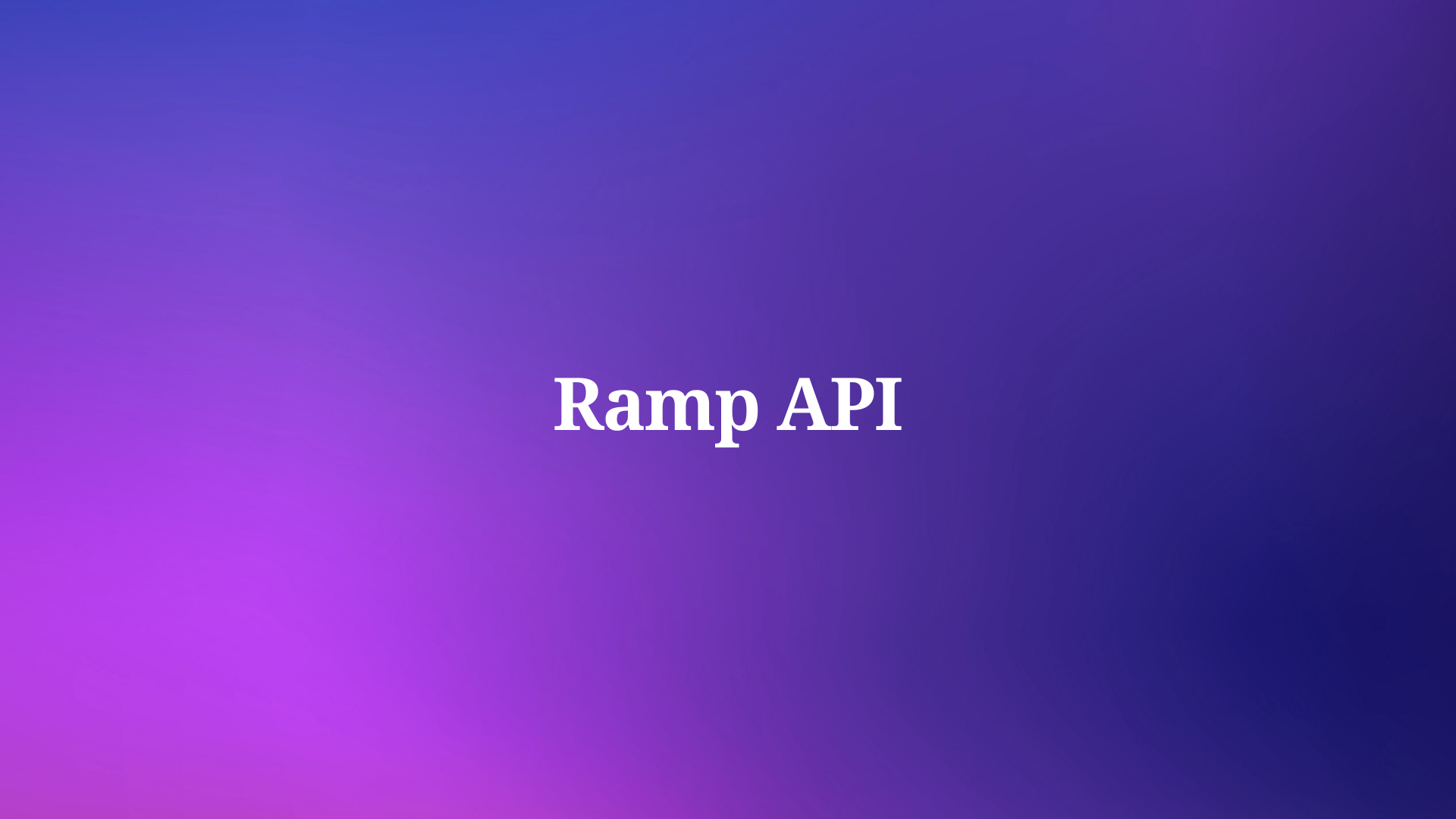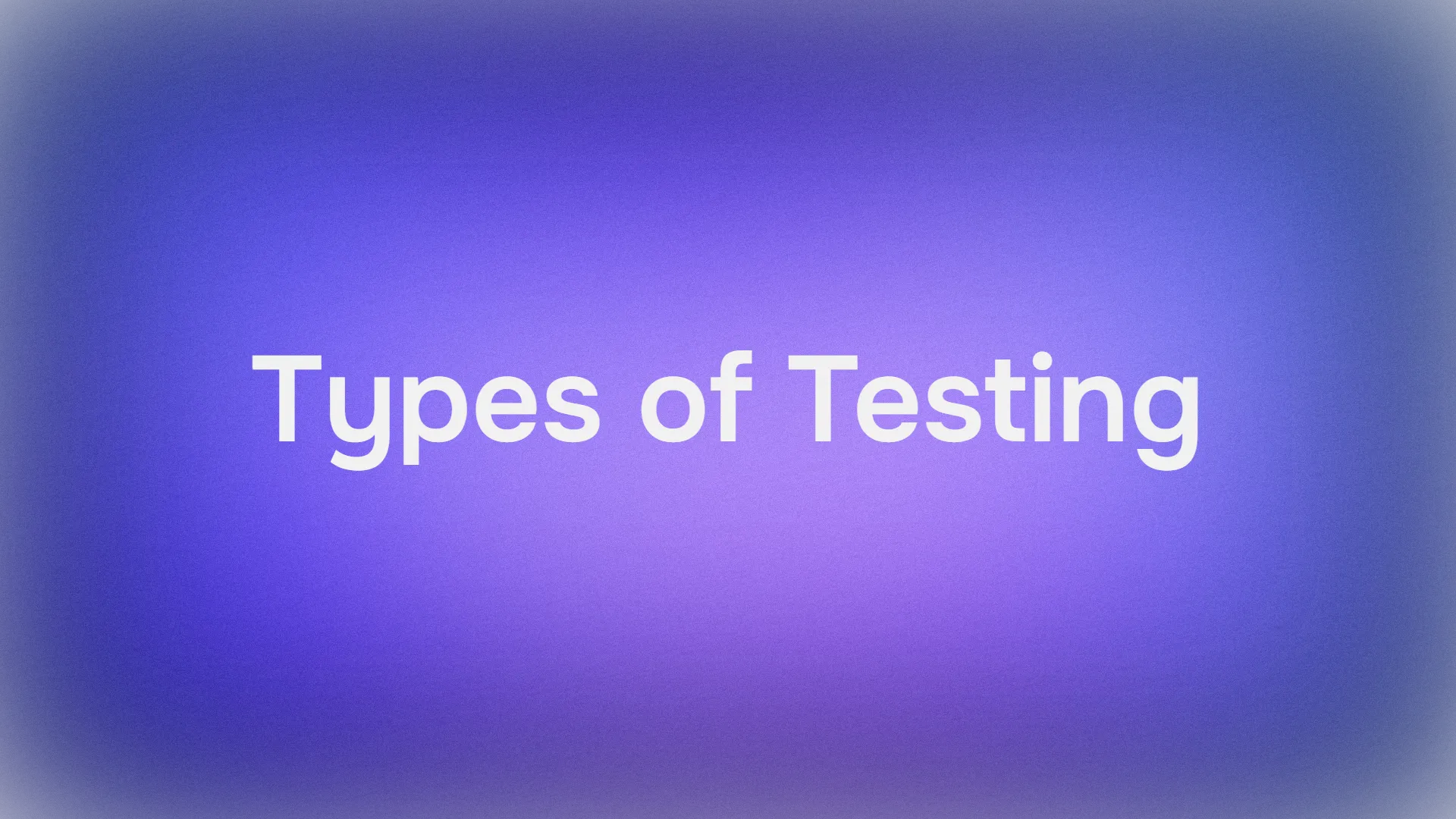In the rapidly evolving landscape of software development, traditional API documentation serves merely as a passive reference that developers must manually consult, interpret, and translate into code. This conventional approach creates significant friction in the development process, leading to slower implementation cycles and increased error rates.
The emergence of AI coding assistants has created a pivotal opportunity to reimagine how API documentation functions within the development ecosystem. Apidog's innovative "Vibe Coding (via MCP)" feature represents a breakthrough in this evolution. By enabling this feature in your published API documentation, you provide a direct channel for AI coding assistants to access, understand, and implement your API specifications without human intermediation.
For API providers, this advancement offers a compelling opportunity to:
- Enhance developer experience by eliminating the need for manual reference
- Accelerate adoption through simplified implementation
- Reduce support burden by enabling more accurate code generation
- Differentiate your API in an increasingly competitive marketplace
The "Vibe Coding (via MCP)" button serves as both a visual indicator that your API documentation supports this advanced integration and a practical guide for developers on how to connect your documentation to their AI-powered development environments.
Enabling Vibe Coding in Your Apidog API Documentation
As an API provider, implementing the "Vibe Coding (via MCP)" feature in your Apidog documentation requires minimal effort but delivers substantial value to your API consumers. This section outlines the straightforward process for enabling this powerful capability.
Step-by-Step Guide for API Providers
Step 1: Access your Apidog project
- Log into your Apidog account and open the project containing the API documentation you wish to enhance with MCP support.

Step 2: Navigate to API documentation settings
- Go to
Share Docs>Publish Docs Sites.

Step 3: Enable the Vibe Coding (via MCP) feature
- Within the API documentation settings, find the
AI Featuressection. - Locate the
Show "Vibe Coding(via MCP)"option. - Toggle this option to the "Enabled" position.
Step 4: Publish or Update Your Documentation
- After enabling the feature, publish your documentation if it's new, or update the existing published documentation.
- The system will automatically add the "Vibe Coding (via MCP)" button under all of your endpoints to your published documentation.

Step 5: Verify the Implementation
- Visit your published documentation to confirm that the "Vibe Coding (via MCP)" button appears correctly.

- Test the button to ensure it displays the proper configuration guidance for API consumers.

By completing these simple steps, you transform your API documentation from a passive reference into an active resource that AI coding assistants can directly leverage. This enhancement significantly improves the developer experience for your API consumers, making your API more attractive and easier to implement.
How API Consumers Leverage MCP-Supported Documentation
For developers consuming APIs with MCP-supported documentation, the "Vibe Coding (via MCP)" feature transforms the implementation experience. This section explores how API consumers can configure and utilize this powerful integration to enhance their development workflow.
Configuration Process for API Consumers
When API consumers encounter the "Vibe Coding (via MCP)" button in your documentation, they can follow these steps to connect your API specifications to their AI coding assistants:
Step 1: Prerequisites
- Ensure Node.js (version 18 or higher, preferably the latest LTS version) is installed.
- Confirm they're using an MCP-enabled IDE such as Cursor or VS Code with the Cline plugin.
Step 2: Access Configuration Instructions
- Click the "Vibe Coding (via MCP)" button in the API documentation.
- Review the provided configuration instructions.
Step 3: Configure the MCP Server
- Copy the provided JSON configuration code, which will look similar to:
{
"mcpServers": {
"Project - API Specification": {
"command": "npx",
"args": [
"-y",
"apidog-mcp-server@latest",
"--site-id=545587"
]
}
}
}
Step 4: Add Configuration to IDE
- For Cursor: Add to the global
~/.cursor/mcp.jsonor the project-specific.cursor/mcp.json - For VS Code with Cline: Configure through the Cline extension settings

Step 5: Restart the IDE(optional)
- Restart the IDE to make sure the configuration changes are applied.
- The Apidog MCP Server will automatically start and cache the API documentation locally.
Once configured, the API consumer can immediately begin leveraging AI coding assistants to implement your API specifications with unprecedented efficiency and accuracy.

Practical Applications for API Consumers
With the MCP connection established, developers can instruct their AI coding assistants to perform a wide range of tasks based on your API specifications:
- Generate Code Models: "Use MCP to fetch the API documentation and generate Java records for the 'Product' schema and related schemas"
- Update Data Objects: "Based on the API documentation, add the new fields to the 'Product' DTO"
- Add Documentation: "Add comments for each field in the 'Product' class based on the API documentation"
- Create Complete Implementations: "Generate all the MVC code related to the endpoint '/users' according to the API documentation"
This direct connection between your API specifications and the developer's AI coding assistant eliminates the need for manual reference and interpretation, dramatically reducing implementation time and error rates.
Benefits of MCP-Supported Documentation for API Providers
Publishing API documentation with MCP support delivers substantial benefits for API providers seeking to enhance adoption, improve developer satisfaction, and reduce support burden.
Enhanced Developer Experience
By providing MCP-supported documentation, you significantly improve the experience for developers consuming your API:
- Accelerated Implementation: Developers can implement integrations with your API in a fraction of the time required with traditional documentation.
- Reduced Error Rates: Direct access to API specifications by AI coding assistants minimizes misinterpretation and implementation errors.
- Decreased Context Switching: Developers can stay within their IDE rather than constantly switching between documentation and code.
- Lower Cognitive Load: By offloading the details of API implementation to AI assistants, developers can focus on higher-level design and business logic.
These improvements in the developer experience translate directly to higher satisfaction, faster adoption, and more positive perception of your API.
Competitive Advantage in the API Marketplace
In an increasingly crowded API marketplace, providing MCP-supported documentation creates a significant differentiator:
- Attraction of Forward-Thinking Developers: Modern, AI-friendly documentation appeals to developers embracing cutting-edge tools and practices.
- Increased Adoption Rates: Lower implementation barriers lead to higher adoption rates and broader usage of your API.
- Developer Loyalty: Superior development experiences build loyalty and positive word-of-mouth among developers.
- Innovation Leadership: Positioning your API at the forefront of development practices enhances your brand as an innovation leader.
By enabling "Vibe Coding (via MCP)," you signal to developers that your API is designed for modern, AI-enhanced development workflows, setting it apart from competitors with traditional documentation approaches.
Best Practices for MCP-Optimized API Documentation
To maximize the effectiveness of your MCP-supported documentation, consider these best practices when preparing and publishing your API specifications through Apidog.
Comprehensive and Structured Specifications
AI coding assistants rely on well-structured, comprehensive specifications to generate accurate code:
- Complete Schema Definitions: Ensure all data models and schemas are thoroughly defined with accurate types, formats, and constraints.
- Clear Endpoint Documentation: Document all endpoints with precise descriptions of their purpose, parameters, request bodies, and response structures.
- Consistent Naming Conventions: Use consistent naming conventions throughout your documentation to help AI coding assistants generate coherent code.
- Detailed Error Handling: Document all possible error responses and status codes to enable robust error handling code generation.
The more complete and structured your API specifications, the more effective AI coding assistants will be at generating accurate implementations.
Pro tip: Apidog can generate API documentation automatically, check it out here.
Regular Updates and Versioning
Maintaining current documentation is crucial for MCP-supported implementations:
- Prompt Updates: Update your documentation promptly when your API changes to ensure AI coding assistants have access to the latest specifications. The great news is that when you design APIs using Apidog, the changes will be updated in real time.
- Clear Versioning: Indicate versioning information in your documentation to help developers and AI coding assistants understand compatibility requirements. Check out how Apidog helps with API versioning.
Regular updates ensure that AI coding assistants can generate code that remains compatible with your API as it evolves.
Conclusion
By enabling the "Vibe Coding (via MCP)" feature in your Apidog documentation, you position your API at the forefront of a fundamental shift in how developers interact with API specifications. This integration transforms documentation from a passive reference into an active participant in the development process, creating a direct bridge between your API design and the code that consumes it.
For API providers, this represents an opportunity to enhance the developer experience, accelerate adoption, and reduce support burden. By publishing MCP-supported documentation, you empower developers to leverage AI coding assistants to generate accurate, specification-compliant code with minimal effort.



